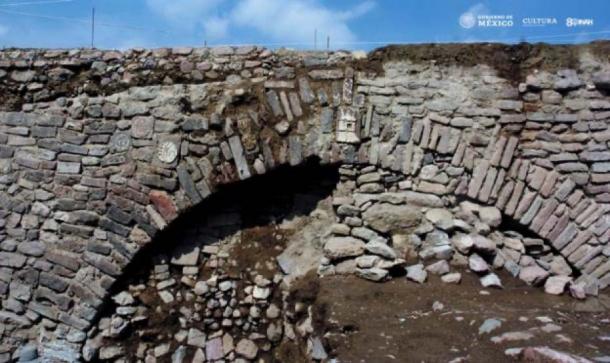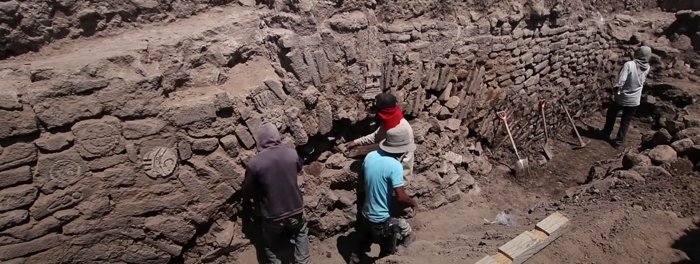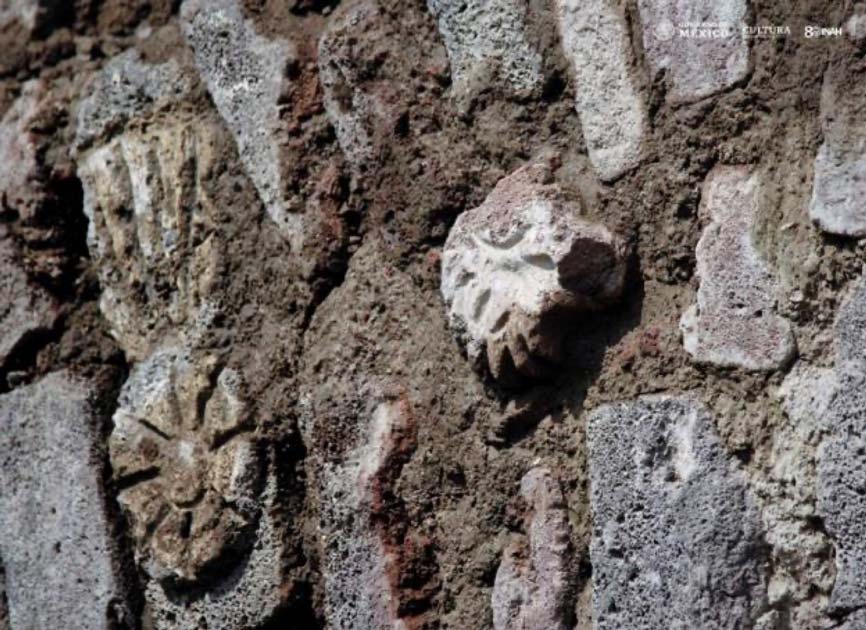Mexico to bury archaeological find because of virus costs

In a strange turn of events, researchers in Mexico have announced they plan to rebury an unusual archaeological monument found in the outskirts of Mexico City – covering up an important historical discovery until some unknown time in the future.
The discovery in question is a tunnel built centuries ago as part of the Albarradón de Ecatepec: a flood-control system of dikes and waterways constructed to protect the historical city of Tenochtitlan from rising waters.
Tenochtitlan, widely viewed as the capital of the Aztec Empire, featured numerous dam systems to prevent flooding from torrential rains, but Spanish conquistadors failed at first to appreciate the ingenuity of this indigenous infrastructure, destroying many of the pre-Hispanic constructions in the early years of Spanish colonization.

However, after numerous floods inundated the early colonial Mexico City, the Albarradón de Ecatepec and other flood-control systems like it were built or repaired in the early 1600s.
Centuries later, archaeologists with the National Institute of Anthropology and History (INAH) discovered one such feature within the Albarradón de Ecatepec, finding in 2019 a tunnel that preserved a unique synthesis of the cultures that created it.
This small tunnel-gate measured just 8.4 meters (27.5 ft) long, representing only a tiny part of the colossal Albarradón de Ecatepec monument, which in total extended for 4 kilometres (2.5 miles), built by thousands of indigenous workers.
But while it was small, it was still an important (and unusual) discovery, with researchers finding several pre-Hispanic glyphs displayed in the structure.
In total, 11 symbols were discovered – including representations of a war shield, the head of a bird of prey, and raindrops, among others.
It’s thought the symbols may have been built into the tunnel by non-Hispanic residents from the towns of Ecatepec and Chiconautla, who helped to construct the Albarradón de Ecatepec.

While the dike featured pre-Hispanic iconography, its overall architecture suggested the Spanish were in charge of the design.
“One objective of our project was to know the construction system of the road, which has allowed us to prove that it does not have pre-Hispanic methods, but rather semicircular arches and andesite voussoirs, lime and sand mortars, and a floor on the upper part, with stone and ashlar master lines,” researchers explained in 2019.
“Everything is Roman and Spanish influence.”
The discovery was intended to be made into a public exhibit so that people could visit and inspect this unusual, centuries-old fusion of Aztec and Spanish cultural elements, but unfortunately, it’s not to be.
Researchers from INAH have now announced that due to a lack of funds to properly construct the exhibit and protect the remarkable structure, the recently discovered tunnel section will now have to be covered up once more – with the tunnel to be reburied so that it doesn’t become damaged, vandalized, or looted from.
According to the researchers, the decision is largely due to the ongoing economic impacts of the COVID-19 crisis in Mexico, which has so far claimed over 237,000 lives.
The researchers say they will construct special masonry to protect the glyphs, and then recover the painstakingly excavated site with earth.
It’s not every day archaeologists have to ‘undiscover’ the cultural treasures they reveal in the ground. Here’s hoping it won’t be too long before this section of the Albarradón de Ecatepec gets to see the light of day once more.





